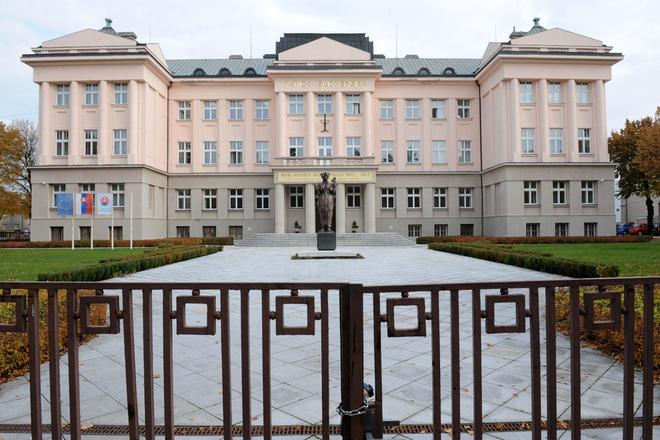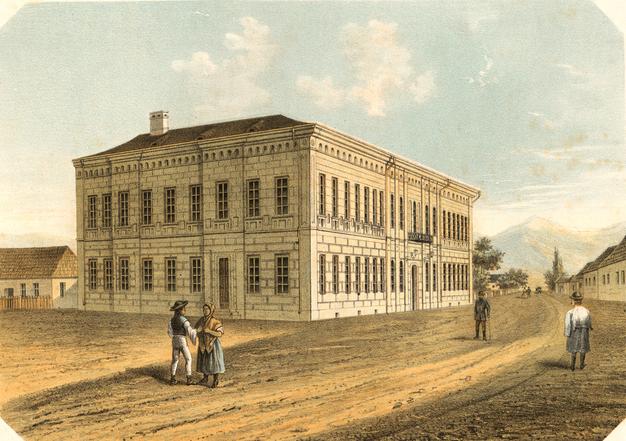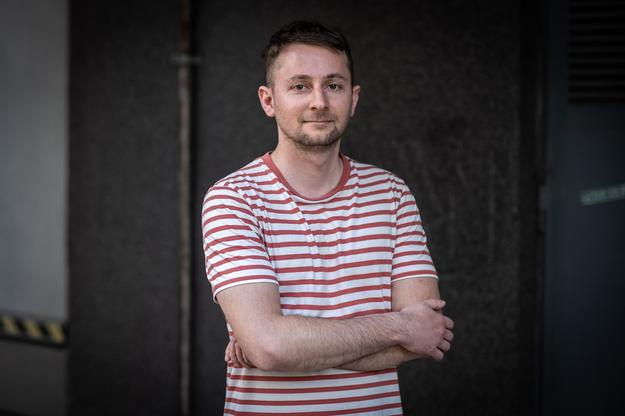When the Matica Slovenská national heritage organisation was established in 1863, Slovaks supported it in their first major successful crowdfunding campaign. Czechs also contributed, with president Tomáš Garrigue Masaryk one of the most generous supporters. Its members were Jews, itactively cooperating with Ukrainians. Matica was non-partisan and with a clear European orientation.
Today, very little of this can be said about Matica. According to critics, it is a relic from times long past, capable of little self-reflection. It failed in the darkest periods of Slovak history; now it is reviving the shadows of nationalism, fawns over politicians and cannot communicate with modern Slovakia and its needs.
Matica disseminates Kremlin propaganda; supports Robert Fico's government which increased its subsidy; and recently made waves in relation to the government's plan to establish an ethics commission to monitor the objectivity of the public broadcaster, even though the proponents themselves come from the conspiracy scene. In an interview, historian LUKÁŠ KRAJČÍR talks about how it has changed since its inception.
For many, Matica Slovenská is a relic, an institution that deals in politics instead of science and culture, and raises doubts in regards to its validity. Why is it that way?
Debates about Matica's station and whether its existence makes sense have been ongoing for a long time, and from several sides as it is funded from the state budget. It's also a question for its officials, whether they are aware of critical voices and to what extent they know and want to respond to them, and whether they can sufficiently self-reflect in the sense that a critical view is justified.
Matica was created in 1863, what did people expect from it then?
Matica was a product of its time; in their Magyarisation efforts, then Hungarian political elites did not want to support the establishment of the identity of non-Hungarian peoples in the kingdom. Slovaks wanted to cultivate their own science, culture and education, but they could not do so on the grounds of contemporary institutions. For the 19th century, it was quite an innovative concept. The people themselves were supposed to support scientific, cultural and educational activities, since the government did not meet them in this regard.
That's a pretty modern approach, isn't it? Just like today's NGOs.
Certainly. Even today, the government is not very fond of NGOs. The emergence of Matica should also be seen in the context of 19th century nationalism. Scientific institutions were founded elsewhere in Europe, the French, the Germans, had their own. Therefore, many Slovaks asked whether they too could have them?
Slovaks had neither scientific institutions, nor theatres, nor museums. Was Matica supposed to supplant all of them?
Yes. But Matica as such is not an invention of Slovaks. Other Slavic peoples, the Poles in Austria, the Croats in Hungary for example, also felt that their rights were denied in these areas. Thus, they created an alternative national institution for the three activities, which could not be fully realised for nationalist reasons. There was the Czech, Moravian, Yugoslavian, Lusatian Matica.
How did they finance it?
The Slovak political representation at the time knew how to set the discourse in such a way that this institution sounded necessary. People paid membership fees and gave donations. It was one of the first crowdfunding campaigns among Slovaks and certainly one of the biggest. More than 100 teachers and 500 farmers and craftsmen contributed to it. By August 1863, they had collected 94,000 guldens, a huge sum. The emperor gave 1,000 guldens, increasing Matica's reputation and, at least outwardly, weakened the position of the Hungarian politicians who were against it. Back then, haters would ask what was the point, that it was to no avail, that it would not help anyone. They turned out to be wrong, and Matica was established. The fact that people knew how to get together gives me a certain amount of pride. Exactly like when people donate to NGOs or help Ukraine today. These people are true patriots.

 The building of Matica Slovenská in Martin, northern Slovakia. (source: TASR)
The building of Matica Slovenská in Martin, northern Slovakia. (source: TASR)
 A 19th century lithographic print showing the building of Matica Slovenská. (source: ýchodoslovenské múzeum v Košiciach, inv. č. K 8907, Slovakiana)
A 19th century lithographic print showing the building of Matica Slovenská. (source: ýchodoslovenské múzeum v Košiciach, inv. č. K 8907, Slovakiana)
 Historian Lukáš Krajčír. (source: SME - Jozef Jakubčo)
Historian Lukáš Krajčír. (source: SME - Jozef Jakubčo)